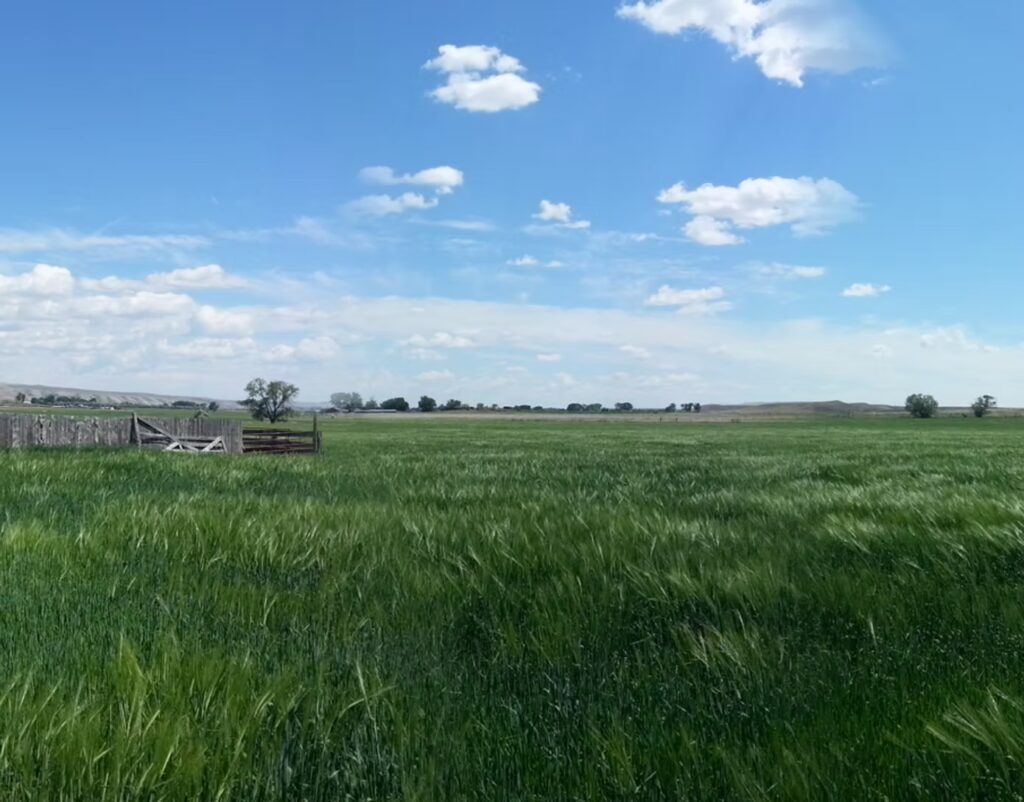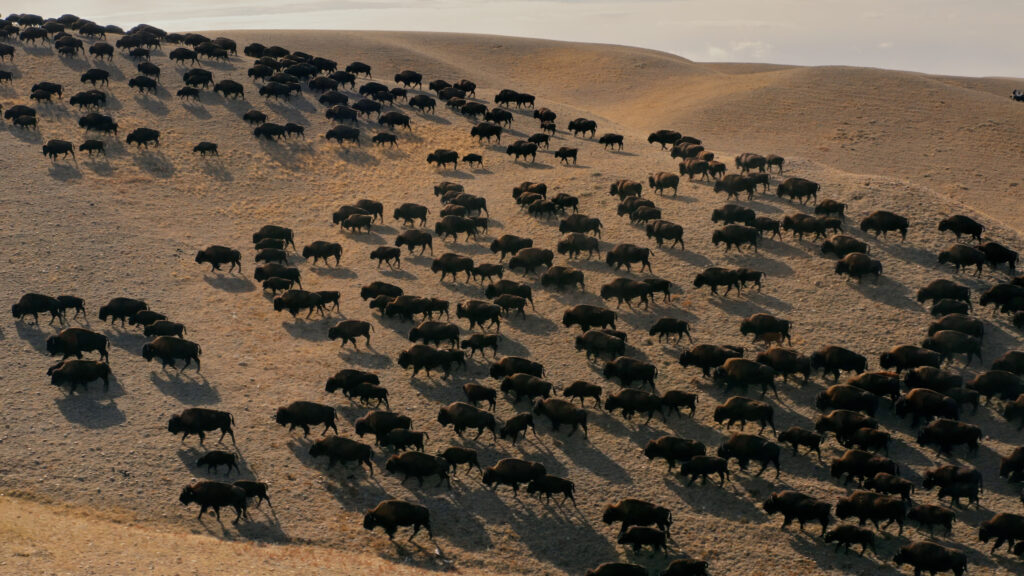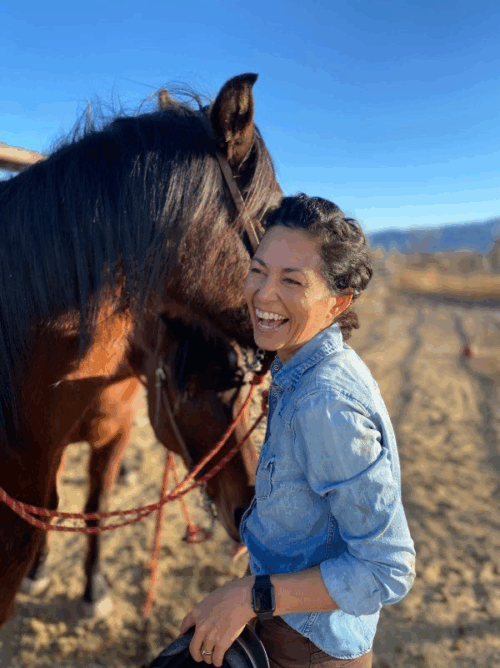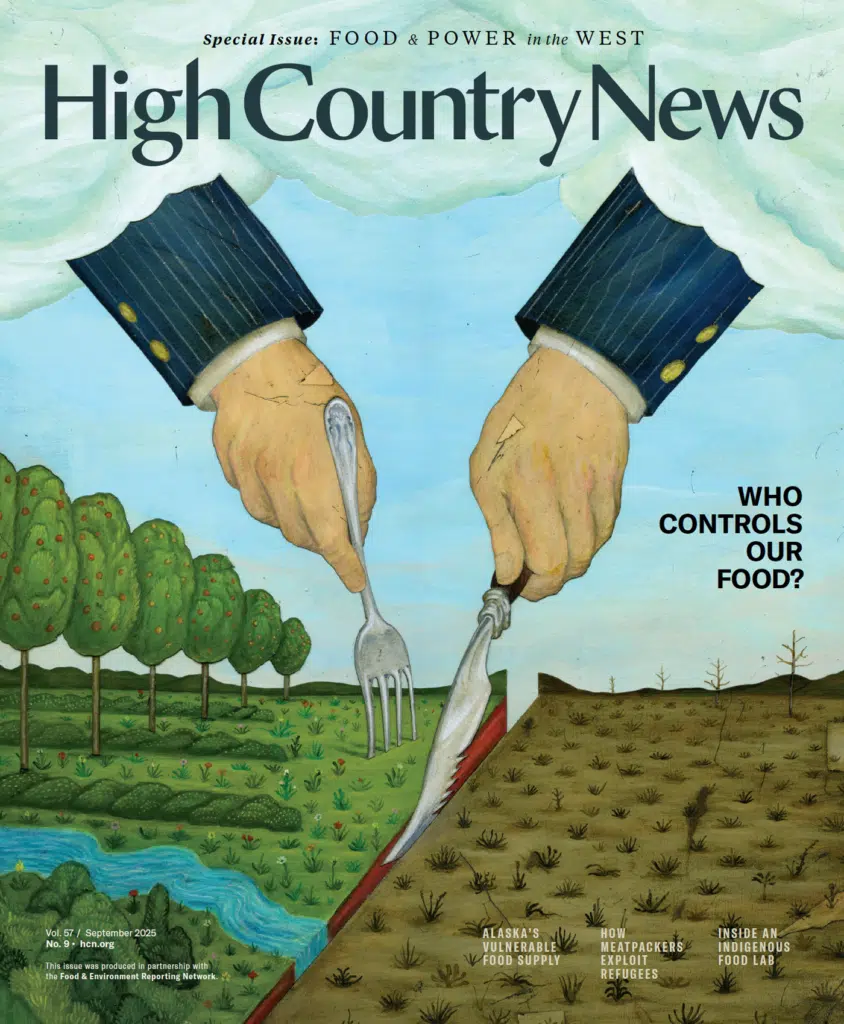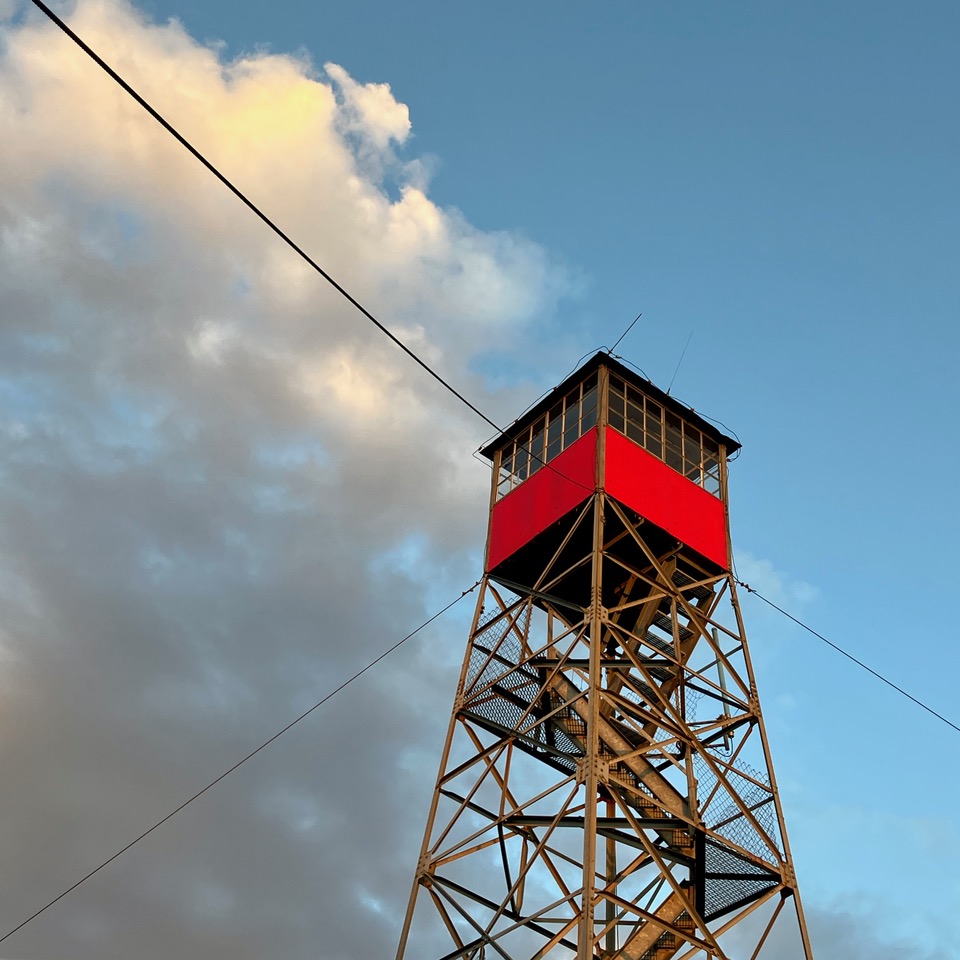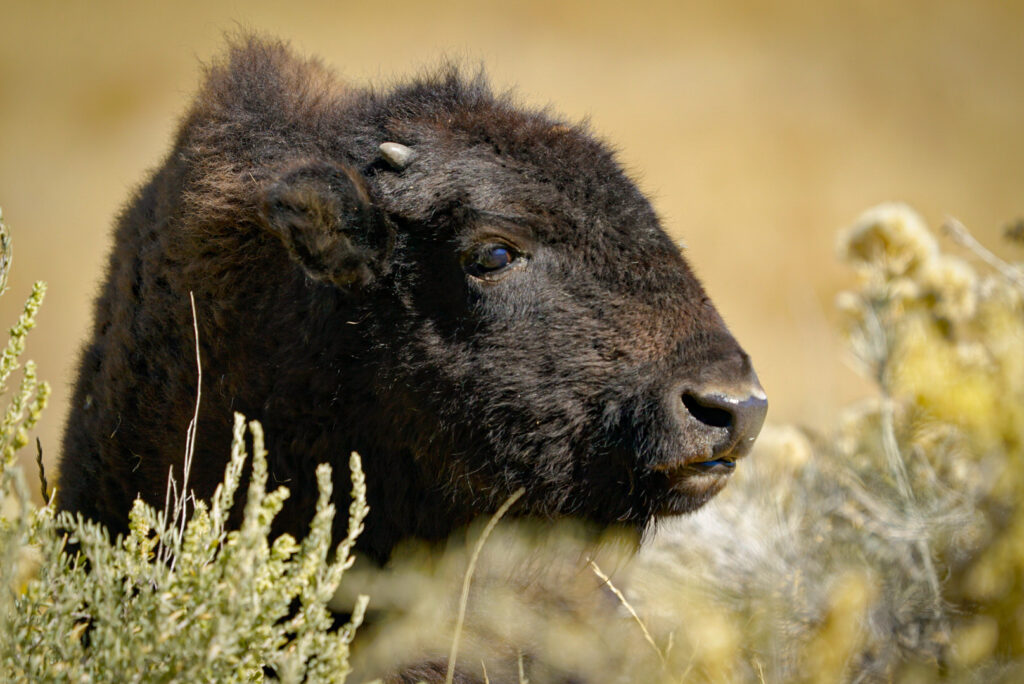Gwen Cameron grew up on Rancho Durazno, her family’s peach farm. She was pursuing a career in journalism when her father asked her if she wanted to come back and take over the farm. She agreed and never looked back; now she’s running a farm that uses regenerative principles to keep the land healthy for their 40 acres of peaches, cherries, apricots, plums, and melons.
The farm’s field workers come through a visa program, and together they are building their participation in the Fair Food Program, which ensures safe working conditions and fair wages.
Timestamp & Show Notes
1’48 all the fruit they grow on Rancho Durazno
2’35 farm history
3’07 went from being a peach picker to farmer
4’12 the geography of the region is ideal for peaches
5’38 left the farm to be a journalist but came back
7’25 learned to do every job on the farm
8’43 the many decisions that have to be made on a farm
10’29 wildfires in Colorado
11’29 seeing the results of climate change
13’34 their field crew from Mexico with temporary visa program
14’27 the Fair Food program — worker driven social responsibility initiative
15’12 buyers are retailers and fast food restaurants
16’38 codes of conduct for agriculture workers, including worker safety
19’04 openness to workers and non-retaliation
20’48 worker engagement, her workers were 100% in favor of Fair Food
21’56 need more labeling of food that’s participating in the Fair Food program
23’44 USDA Farm Labor Stabilization and Protection program
24’52 health care support plan for the workers
25’30 engaging workers in housing program
28’11 Rocky Mountain Farmers Union
29’10 relationship with peach farmer father
30’37 father and daughter on the same page about farming methods and values
32’51 subsidized crop insurance
34’09 they sell to large grocery stores, restaurants, and farmers markets
35’47 the effect of the pandemic on their business
36’26 how she uses peaches
37’11 what they do on the off season — compost, pruning, business, admin, etc.
38’26 lessons learned: know when to stop picking
39’35 hearing from customers



